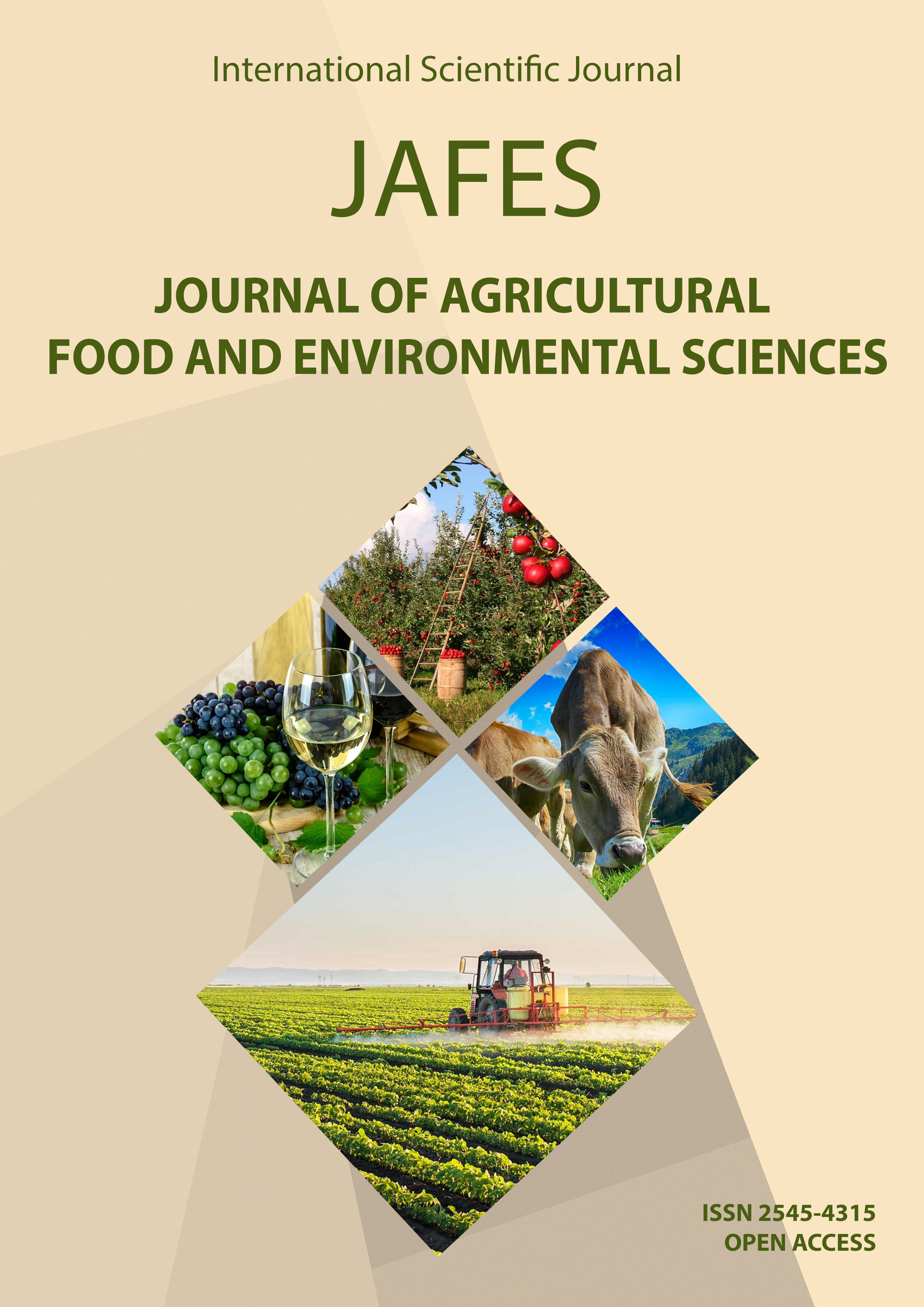CONTROL OF GREY MOLD DISEASE ON TOMATO WITH NOVEL BIOFUNGICIDES
Клучни зборови:
grey mold disease in tomato, biofungicides, Vintec, Serenade Aso.Апстракт
Grey mold disease on tomato (Botrytis cinerea) is widespread economically important disease all over the world with a very wide host range. This disease used to be controlled with regular fungicide applications, but in recent years, more ecological friendly methods are developed. One of them is development and use of new biofungicides, based on various beneficial organisms. The main goal of the experiments was to study the possibility for biological control of grey mold disease in tomato with the use of the innovative biofungicides Vintec (a.i. Trichoderma atroviride strain SC1) and Serenade Aso (a.i. Bacillus subtilis strain QST 713). Experiments were conducted during 2019 in the region of Bogdanci and the region of Dojran, on tomato hybrids grown in greenhouses. In the untreated variant in Dojran region, the disease severity index on leaves reached very high destructive level of 41.33%, while the disease incidence on the fruits was even higher (46.66%), and in Bogdanci region, a destructive level of 36% dead tomato plants caused by stem rotting was observed. In this disease conditions, both of the tested biofungicides in the region of Dojran showed similar results, with reduction of the disease incidence in fruits higher than 90% (92.86% for Vintec and 90.01% for Serenade Aso). In the region of Bogdanci, the biofungicide Serenade Aso provided significantly lower degree of incidence reduction of stem rotting (81.66%), compared with the biofungicide Vintec, which provided a full protection of 100%, difference which may be related to some beneficial organisms’ preferences that should be investigated in the future.



